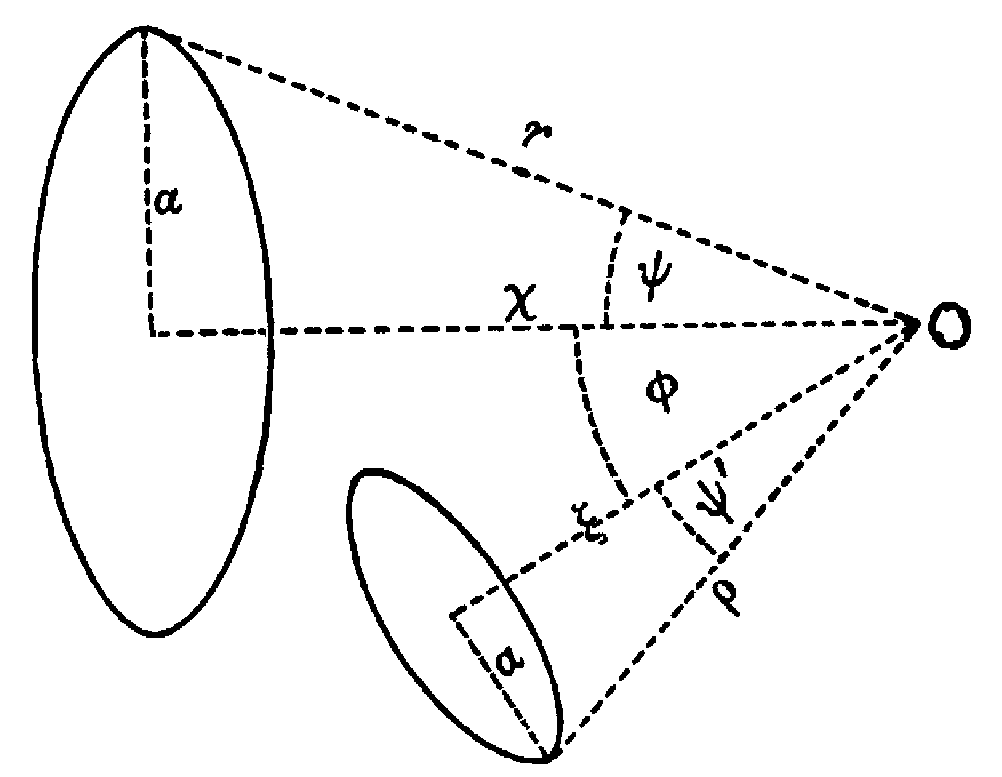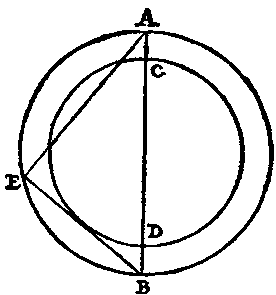 Wilson, A. J. & Lit, A. Effects of photopic annulus luminance level on
reaction time and on the latency of evoked cortical potential
responses to target flashes.
Journal of the Optical Society of America, 1981, 71(12),
1481 - 1486.
Wilson, A. J. & Lit, A. Effects of photopic annulus luminance level on
reaction time and on the latency of evoked cortical potential
responses to target flashes.
Journal of the Optical Society of America, 1981, 71(12),
1481 - 1486.
Copyright (c) 1981, The Optical Society of America. Permission to copy
the original paper, other than fair use, must be obtained from the author
and the publisher.
Please refer to the external links page
for a link to the Optical Society web site.

by John Michael Williams, 1999. Placed in public domain.
Two practiced observers were dark-adapted 30 minutes before each of several reaction-time (RT) or visual evoked cortical potential (VECP) experimental sessions. Targets and backgrounds were white. A tachistoscope was used to present 1-deg or 3-deg visual angle (VA) flashed targets on an annular background with inner border on target edge and outer border at 6 deg VA.
During RT sessions, the RT target was flashed for a duration of 640 milliseconds at randomized intervals, at increasing illuminance within a session from subthreshold to 2.5 log troland. Background level was constant within each session at one of five levels between -0.5 and 2.5 log troland.
During VECP sessions, scalp electrodes were used under the same RT protocol, but with the target flashed periodically, every 1.28 second. The response feature used to relate VECP latency to RT was the second negative (N2) peak of the 64-trial averaged VECP.
The RT and VECP values were found generally to differ by a constant,
confirming previous white-light work but differing from certain results
in the literature based on adaptation-isolated color vision (Pi)
mechanisms.
The 1-deg target's annulus was found to have less of an inhibitory
(=delaying) effect than that of the 3-deg target. Details of these
findings were discussed in terms of lateral inhibition and transient
versus sustained neural processes
Other things being equal, all latencies could be explained by the principle confirmed by Lit in 1968 for the Pulfrich effect: Higher illuminances yield lower latencies; and, the latency of visual response to a stimulus is dominated by the response to the illuminance of the target or the background, whichever is higher.
Back to Pulfrich Effect Home. University Privacy Policy
The Pulfrich Effect, SIU-C. Last updated 2000-07-23